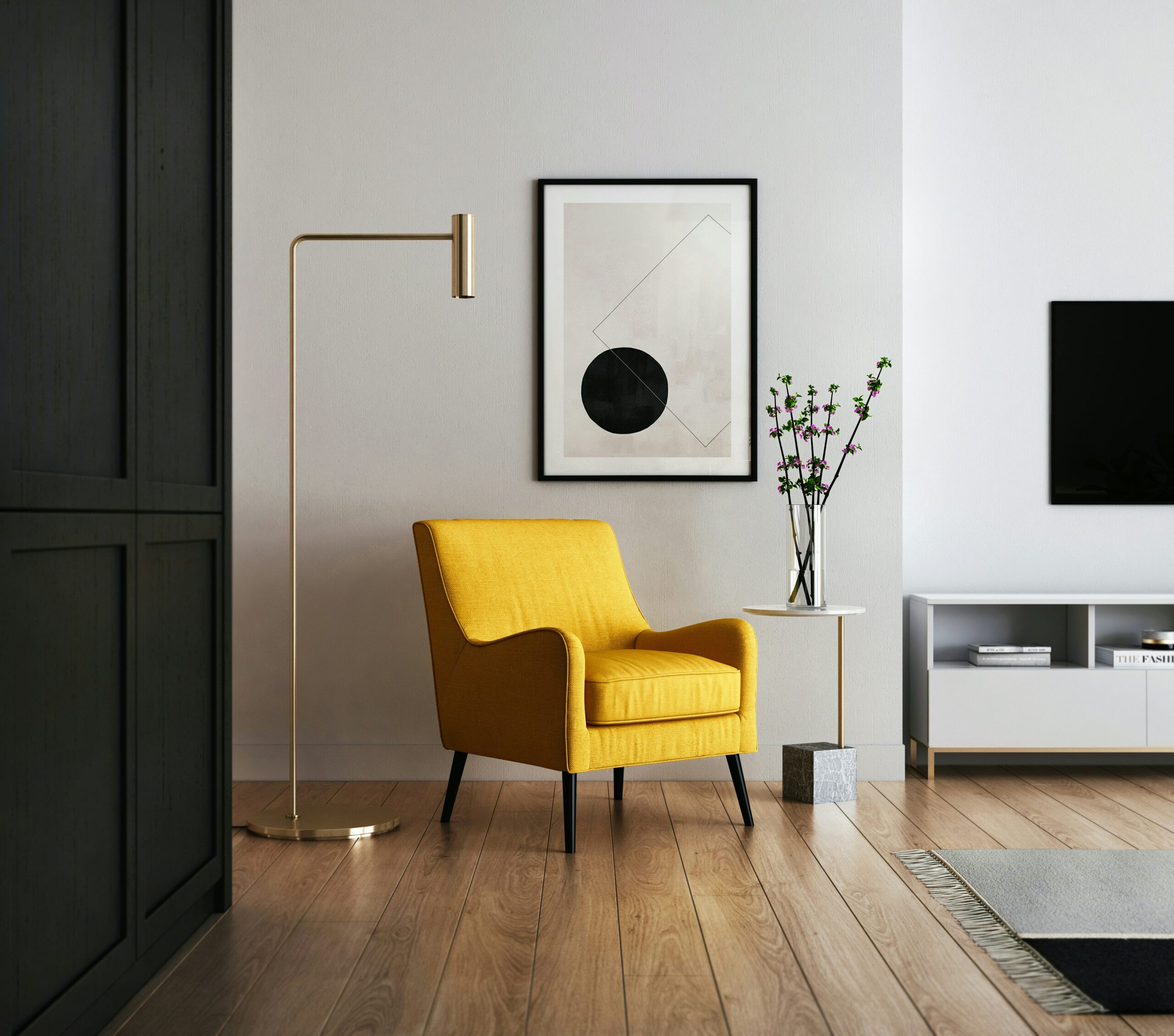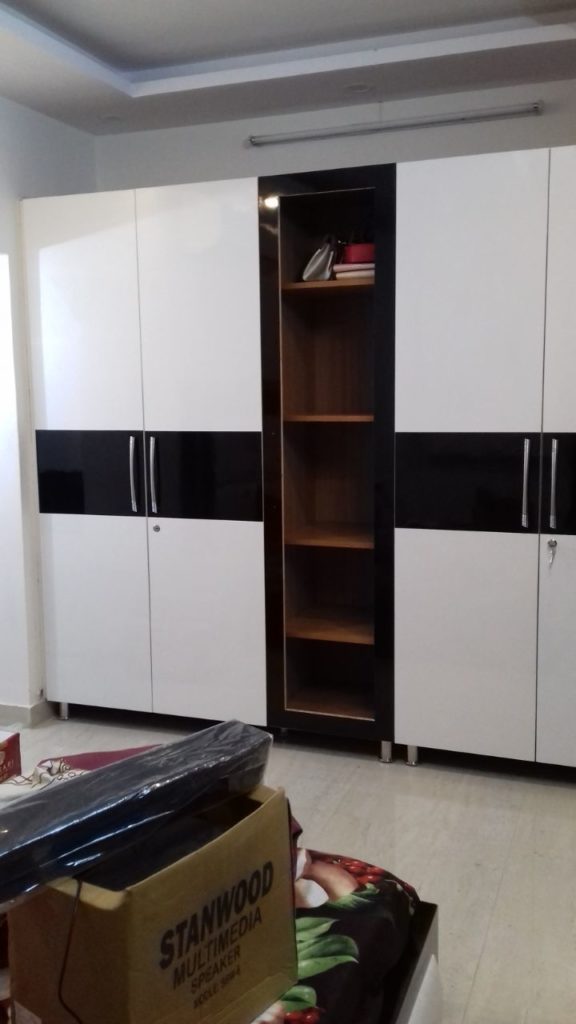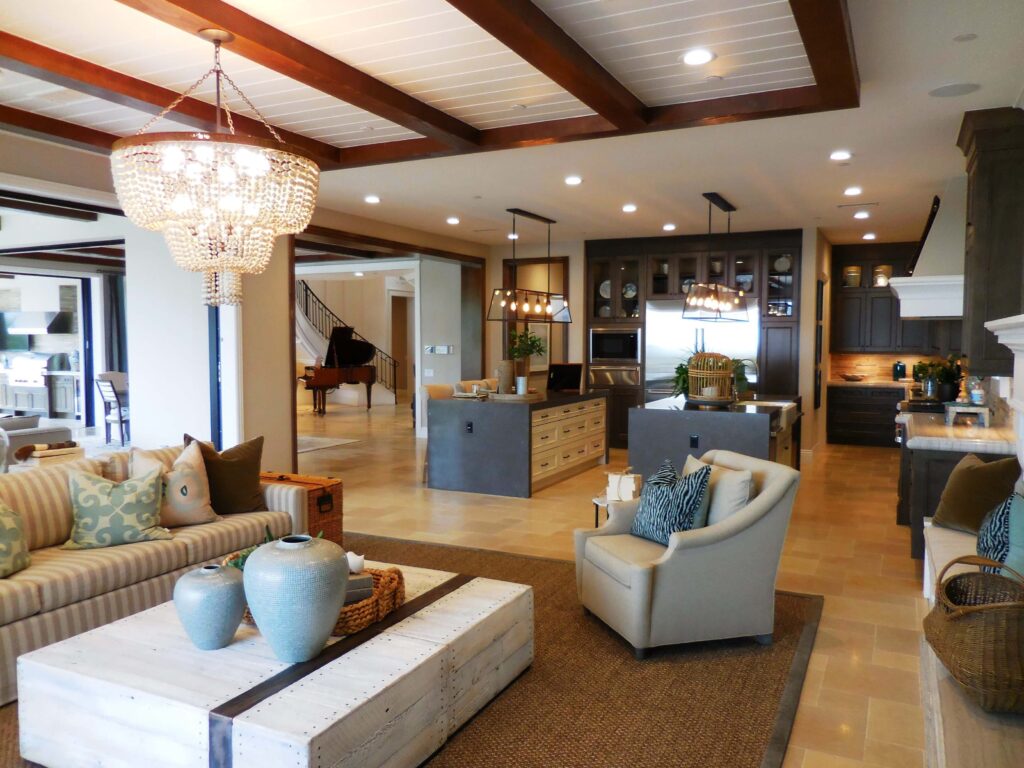
When it comes to interior design, the choice of materials can greatly impact the overall cost of a project. High-quality materials often come with a hefty price tag, while cheaper alternatives may compromise the desired aesthetic or durability. This dilemma puts interior design firms in a tight spot, as they strive to strike a balance between client satisfaction and cost management.
One approach that many interior design firms take to manage costs is to establish strong relationships with suppliers and manufacturers. By building long-term partnerships, these firms can negotiate better deals, secure discounts, and even gain access to exclusive materials. This not only helps in reducing costs but also ensures a steady supply of materials, eliminating the risk of delays or unavailability.
In addition to supplier relationships, interior design firms also employ various cost-saving strategies during the design and planning phase. They carefully analyze the client’s requirements and budget constraints to develop a design concept that maximizes the use of cost-effective materials without compromising on quality or style. This involves thorough research and exploration of alternative materials that offer similar aesthetics and functionality at a lower price point.
Furthermore, interior design firms often collaborate with contractors and subcontractors who specialize in cost-effective solutions. These professionals bring their expertise and knowledge of budget-friendly materials and construction methods, helping to optimize project costs without sacrificing the desired outcome. By leveraging their network of industry contacts, interior design firms can tap into a vast pool of resources and expertise to overcome the challenges of managing costs.
Another aspect of cost management in interior design is the efficient allocation of resources. This includes carefully planning and monitoring the utilization of labor, equipment, and time to minimize wastage and maximize productivity. By optimizing workflow and streamlining processes, interior design firms can reduce overhead costs and improve overall project efficiency.
Lastly, interior design firms also invest in technology and software solutions to enhance cost management. Advanced tools and software can help automate processes, streamline communication, and track expenses, enabling firms to have better control over their financials. By leveraging technology, interior design firms can identify cost-saving opportunities, analyze project profitability, and make data-driven decisions to optimize their operations.
In conclusion, managing costs is an ongoing challenge for interior design firms. However, by establishing strong supplier relationships, employing cost-saving strategies, collaborating with industry professionals, optimizing resource allocation, and leveraging technology, these firms can navigate the complexities of cost management and deliver exceptional designs within budget constraints.
One of the main challenges that interior designers face when it comes to materials is the ever-changing market trends. What may be considered fashionable and in-demand today may become outdated and undesirable tomorrow. This poses a dilemma for designers who want to create timeless spaces that will stand the test of time.
Another factor that adds to the complexity of material selection is the environmental impact. With the increasing awareness of sustainability and eco-friendliness, designers are under pressure to choose materials that are not only aesthetically pleasing but also environmentally responsible. This means opting for materials that are sourced ethically, have a low carbon footprint, and can be recycled or repurposed.
Additionally, the geographical location of a project can also impact the cost and availability of materials. Designers working in remote areas or countries with limited resources may struggle to find the desired materials locally, resulting in higher shipping costs and longer lead times.
Despite these challenges, interior designers have a wide range of resources at their disposal to help them navigate the costly world of materials. They can leverage their industry connections to negotiate better prices with suppliers and manufacturers. They can also tap into their knowledge and experience to identify cost-effective alternatives that still meet their clients’ expectations.
Furthermore, advancements in technology have opened up new possibilities for material innovation. From sustainable materials made from recycled or organic sources to high-performance materials that offer durability and longevity, designers have more options than ever before. They can also use digital tools and software to visualize and simulate different material combinations, allowing them to make informed decisions before committing to a purchase.
In conclusion, the choice of materials in interior design projects is a complex and costly endeavor. Designers must consider factors such as quality, cost-effectiveness, sustainability, and availability. By leveraging their industry connections, knowledge, and technological advancements, they can navigate this challenging landscape and create spaces that are both visually stunning and economically viable.
Strategies for Managing Material Costs
While managing material costs may be a major challenge for interior design firms, there are several strategies that can help mitigate this issue:
- Establishing a Budget: Before embarking on any project, it is essential to establish a clear budget. This allows designers to set realistic expectations for both themselves and their clients. By having a budget in place, designers can make informed decisions about which materials to prioritize and where cost-saving measures can be implemented.
- Research and Comparison: Thorough research is crucial when it comes to sourcing materials. Designers should explore different suppliers, compare prices, and inquire about any ongoing promotions or discounts. By doing so, they can identify the best deals and ensure they are getting the most value for their money.
- Building Relationships with Suppliers: Developing strong relationships with suppliers can be mutually beneficial. By establishing a rapport, designers may be able to negotiate better prices or gain access to exclusive discounts. Additionally, suppliers who understand the designer’s preferences and budget constraints can provide tailored recommendations that align with their needs.
- Consider Alternative Materials: Sometimes, thinking outside the box can lead to cost savings. Exploring alternative materials that offer similar aesthetics or functionality can be a viable option. For example, opting for laminate flooring instead of hardwood or using faux finishes instead of expensive natural materials can help achieve the desired look without breaking the bank.
- Efficient Project Management: Effective project management plays a crucial role in cost control. By carefully planning and scheduling tasks, designers can minimize wastage and avoid unnecessary expenses. This includes optimizing the ordering and delivery of materials to ensure they are utilized efficiently and avoiding any delays or rework that may incur additional costs.
- Embracing Sustainable Practices: In addition to cost savings, incorporating sustainable practices can also have a positive impact on material costs. Designers can explore eco-friendly materials that are not only environmentally friendly but also cost-effective in the long run. For example, using energy-efficient lighting fixtures or choosing materials with a longer lifespan can reduce maintenance and replacement costs over time.
- Collaborating with Clients: Open communication and collaboration with clients can help manage material costs effectively. By involving clients in the decision-making process, designers can ensure that their preferences align with the budget constraints. Clients may also have valuable insights or suggestions that can lead to cost savings without compromising on the overall design vision.
- Continuous Education and Industry Knowledge: Staying updated with the latest trends, innovations, and industry practices can help designers make informed choices when it comes to materials. Attending trade shows, workshops, and seminars can provide valuable insights into cost-effective alternatives or emerging materials that can be integrated into designs. Additionally, networking with other professionals in the field can lead to knowledge-sharing and potential collaborations that can further optimize material costs.
The Impact of Material Costs on Design Decisions
Managing material costs not only affects the financial aspect of an interior design project but also influences design decisions. When faced with budget constraints, designers may need to make compromises or find creative solutions to achieve the desired outcome without overspending.
For instance, they may need to prioritize certain areas or elements of a space while finding cost-effective alternatives for others. This requires a deep understanding of the client’s preferences and priorities, as well as the ability to balance aesthetics, functionality, and budgetary considerations.
While managing material costs can be challenging, it also presents an opportunity for interior designers to showcase their expertise and creativity. By finding innovative ways to work within budget limitations, designers can deliver exceptional results that meet their clients’ expectations while staying within financial boundaries.
One way designers can manage material costs is by exploring different suppliers and manufacturers to find the best deals without compromising quality. They can also negotiate prices, especially when working on larger projects where bulk orders are involved. Additionally, designers can consider using sustainable and eco-friendly materials, which not only contribute to a greener environment but can also be cost-effective in the long run.
Another aspect to consider is the lifespan and durability of materials. While some materials may be more expensive upfront, they may require less maintenance and replacement, ultimately saving costs in the long term. Designers need to carefully analyze the pros and cons of different materials and select those that provide the best value for money.
Furthermore, designers can employ clever techniques to make spaces appear more luxurious or high-end without breaking the bank. This can be achieved through the use of strategic lighting, clever furniture arrangements, and the incorporation of statement pieces that create a focal point in the room. By directing attention to specific areas or elements, designers can create a sense of opulence and grandeur without relying solely on expensive materials.
Ultimately, the impact of material costs on design decisions goes beyond financial considerations. It challenges designers to think outside the box, be resourceful, and find innovative solutions that meet both the client’s vision and budget. It is through this process that designers can truly demonstrate their expertise and deliver exceptional results that exceed expectations.
The Importance of Transparent Communication
Transparent communication is vital when it comes to managing material costs in interior design projects. Designers must have open and honest discussions with their clients about budget limitations and the potential impact on material choices. By setting clear expectations from the beginning, designers can avoid misunderstandings or disappointments down the line.
Regular communication with suppliers is also crucial. Designers should keep suppliers informed about project timelines and any changes in material requirements. This helps ensure that materials are delivered on time and in the required quantities, minimizing the risk of additional costs due to delays or last-minute adjustments.
Furthermore, transparent communication plays a significant role in maintaining a healthy and productive working relationship between designers and clients. By openly discussing the budget limitations, designers can provide alternative solutions or suggest cost-effective materials that still meet the client’s vision and aesthetic preferences. This level of transparency builds trust and allows clients to make informed decisions about their project.
Moreover, transparent communication extends beyond just discussing costs and material choices. It also involves keeping clients updated on the progress of the project, addressing any concerns or issues promptly, and seeking their input and feedback at various stages. This collaborative approach fosters a sense of ownership and involvement for the clients, making them feel valued and included in the design process.
In addition to client communication, maintaining open lines of communication with suppliers is essential for successful project management. By regularly updating suppliers on project timelines and any changes in material requirements, designers can ensure that the necessary materials are available when needed. This proactive approach minimizes the risk of delays or the need for last-minute substitutions, which can lead to additional costs and compromise the design vision.
Transparent communication also allows designers to negotiate better deals with suppliers. By openly discussing the budget limitations and project requirements, designers can leverage their relationships with suppliers to secure competitive pricing or explore alternative materials that offer similar aesthetics at a lower cost. This level of transparency empowers designers to make informed decisions that align with the client’s budget without sacrificing quality or design integrity.
In conclusion, transparent communication is a critical component of managing material costs in interior design projects. By openly discussing budget limitations, keeping clients and suppliers informed, and seeking collaborative input, designers can effectively navigate the challenges of cost management while delivering exceptional design outcomes. Emphasizing transparent communication not only builds trust and strengthens relationships, but it also enables designers to make informed decisions that balance aesthetics, functionality, and budgetary constraints.

